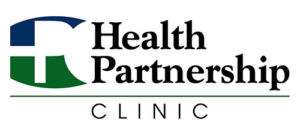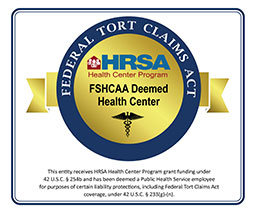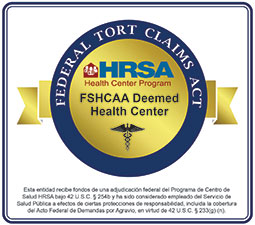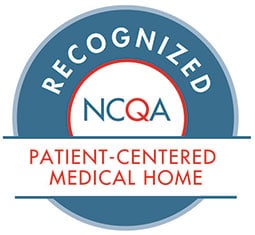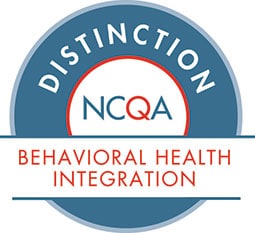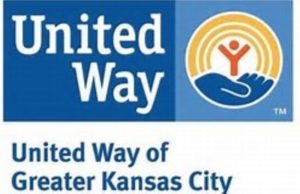What is atrial fibrillation, and why should I take it seriously?
 Post written by Tony Anno, DNP, ACNP-BC CEPS, CCDS, FHRS, Nurse Practitioner, Cardiology Clinic
Post written by Tony Anno, DNP, ACNP-BC CEPS, CCDS, FHRS, Nurse Practitioner, Cardiology Clinic
February is American Heart Month and the perfect time to increase your heart knowledge. The heart is an important organ that needs to function properly in order to maintain a healthy body. Dr. Tony Anno, Health Partnership Clinic’s Nurse Practitioner in the Cardiology Clinic explains Atrial Fibrillation, one type of heart arrhythmia.
Atrial fibrillation comes with many faces! It can be debilitating, mildly irritating or produce no symptoms at all. One can have palpitations or a fluttering feeling in your chest, chest pain, shortness of breath or extreme fatigue.
Understanding Atrial Fibrillation
Atrial fibrillation is an abnormal heart rhythm where the atrium beats chaotically and inefficiently. Usually, the heart chambers, the atrium, and the ventricles complement each other, with the atrium leading the way, followed by the ventricle to complete one heartbeat. The atrium is a thin-walled, low-pressure chamber compared to the ventricle and provides 20 percent of the overall contribution to the heartbeat.
Atrial fibrillation can be lone, where you only experience it for a single episode. It can be paroxysmal where it comes and goes. It can be persistent, where it comes and stays until you do something (medication or electrical shock) to make it go away. Or it can be permanent.
Atrial fibrillation in and of itself is not a life-threatening heart rhythm for most people. When you have a fast heart rhythm or rapid ventricular response for an extended period, it can cause the heart ventricles to become weakened or develop cardiomyopathy. And untreated atrial fibrillation is a major contributor to stroke, which is the fifth-leading cause of death in the United States.
Atrial fibrillation is diagnosed with an electrocardiogram. The 12-lead electrocardiogram is the standard; however, you may also be diagnosed with atrial fibrillation from a mobile or wearable monitor.
Risk Factors
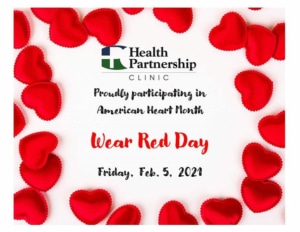 Several conditions make a person susceptible to developing atrial fibrillation:
Several conditions make a person susceptible to developing atrial fibrillation:
- Age
- Obesity
- Sleep apnea
- Diabetes
- Coronary artery or other diseases in your arteries
- Diets high in caffeine or other stimulates
- Thyroid conditions
- High blood pressure
Once you have been diagnosed with atrial fibrillation, the decision to anticoagulate or use a blood thinner is discussed. The risk factors for stroke are:
- Age over 65
- Hypertension
- Diabetes
- Coronary artery disease or vascular disease
- Weakened heart muscle or other structural heart diseases
- Previous stroke or TIA
 If you have any two of the risk factors, you are considered a high-risk (2.2 percent annualized risk of stroke), with anticoagulation recommended. The good news is when taking a blood thinner, you have no greater risk of stroke than that of a person with similar characteristics without atrial fibrillation.
If you have any two of the risk factors, you are considered a high-risk (2.2 percent annualized risk of stroke), with anticoagulation recommended. The good news is when taking a blood thinner, you have no greater risk of stroke than that of a person with similar characteristics without atrial fibrillation.
Your heart rate needs to be under 90 beats per minute most of the time, so medications will be used to achieve this, along with the blood thinner. This treatment strategy is referred to as “rate control and anticoagulation.”
You do not have to remain in this heart rhythm, though. Various methods are available to restore a “normal” or sinus rhythm. Sinus rhythm can be restored with a shock of the heart, or cardioversion, in conjunction with or without medication. The medications are called antiarrhythmic medications. Unfortunately, most of these medications have side effects that limit their use or keep them from being used indefinitely.
Finally, there are procedures called ablation that can cure or eliminate atrial fibrillation. The ablation procedure is accomplished by putting catheters in the left atrium and sometimes the right atrium and using radiofrequency heat to “cauterize” or very cold temperatures to “freeze” areas in the atrium to isolate or prevent the atrium from sustaining itself. These procedures are highly effective, especially if you have them early in the disease process.
With the identification and treatment of atrial fibrillation, you can preserve heart function and prevent strokes. If you think you have atrial fibrillation, get checked at your provider’s office.
About Tony Anno, DNP, ACNP-BC CEPS, CCDS, FHRS
Dr. Anno has been practicing nursing since 1987 and specializes in cardiology and electrophysiology.
At Health Partnership Clinic, Dr. Anno provides care to individuals with pacemakers and defibrillators that do not have access to traditional care. He also cares for patients with general cardiac problems such as atrial fibrillation and coronary artery disease.
Health Partnership Clinic, a federally qualified health center that serves adults and children is accepting new patients. Call 913-648-2266 to schedule an appointment today.
